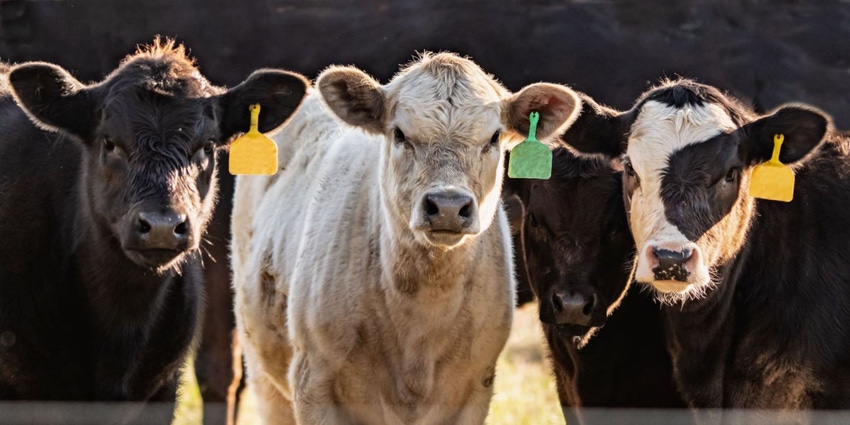
Cow-calf operations should analyze their production system and critically evaluate the following:
1. Your cattle and their current level of performance.
2. Your production environment.
3. Our fixed resources and management.
4. Your production inputs and marketing endpoints.
Careful evaluation of your production system permits you to identify the traits of primary economic importance. It is easy to find superior genetic potential in many bulls and many breeds. That genetic potential will only increase the profit potential of your operation if it is offered for the traits is primary economic importance to your operation.
What is an Expected Progeny Difference (EPD)?
An EPD is a prediction of how future progeny of a parent are expected to perform relative to the progeny of other animals. EPDs are expressed in the unit of measure for that trait, plus or minus. EPDs are based on:
Performance of the individual animal we are looking at relative to the contemporary group of animals it was raised with.
The performance of all the animals in the breed’s database which have pedigree relationship to that animal. Including all ancestors, siblings, cousins, offspring, etc.
Genomics, whereby the DNA of the animal is analyzed to identify if the animal carries genes known to influence quantitative, polygenic traits like birth weight, weaning weight, yearling weight, etc.
EPDs are the result of genetic prediction, based on performance data collected by cattle breeders over many generations of beef production. This performance data is submitted to respective breed associations and statistically analyzed accounting for pedigree relationship to yield EPDs. EPDs are an estimate of an individual animal’s genetic potential as a parent for a specific trait.
Accuracy Values (ACC) are reported along with each EPD to reflect how much information has been taken into account in calculating the EPD. Accuracy values range from 0 to 1.0, values closer to 1.0 indicate more reliability. Accuracy is impacted by genomic testing as well as the number of progeny and ancestral records included in the analysis. The more information taken into account in calculating the EPD, the higher the ACC value associated with that EPD.
An example of comparing two potential sires and our selection priority is to improve weaning weight:
Sire A has a Weaning Weight EPD of 65.
Sire B has a Weaning Weight EPD of 50.
If mated to the same cows, the calves by Sire A should weigh 15 pounds more at weaning (65 – 50 = 15).
Virtually all beef breeds publish a Sire Summary. Sire summaries include a great deal of useful information. This would include the definitions of each of the EPDs reported by that breed and how the EPDs can be used to benefit your operation.
About the Author(s)
You May Also Like




